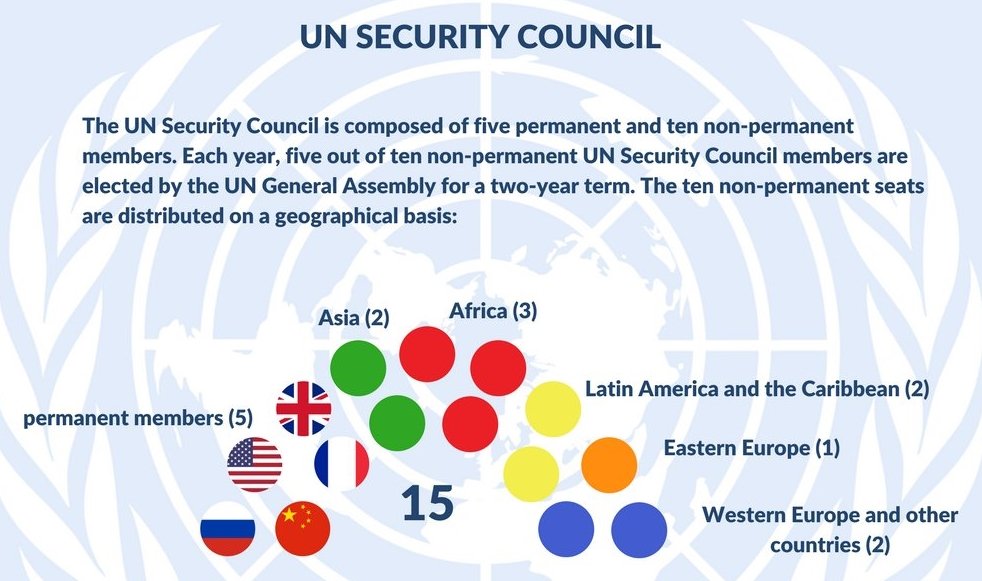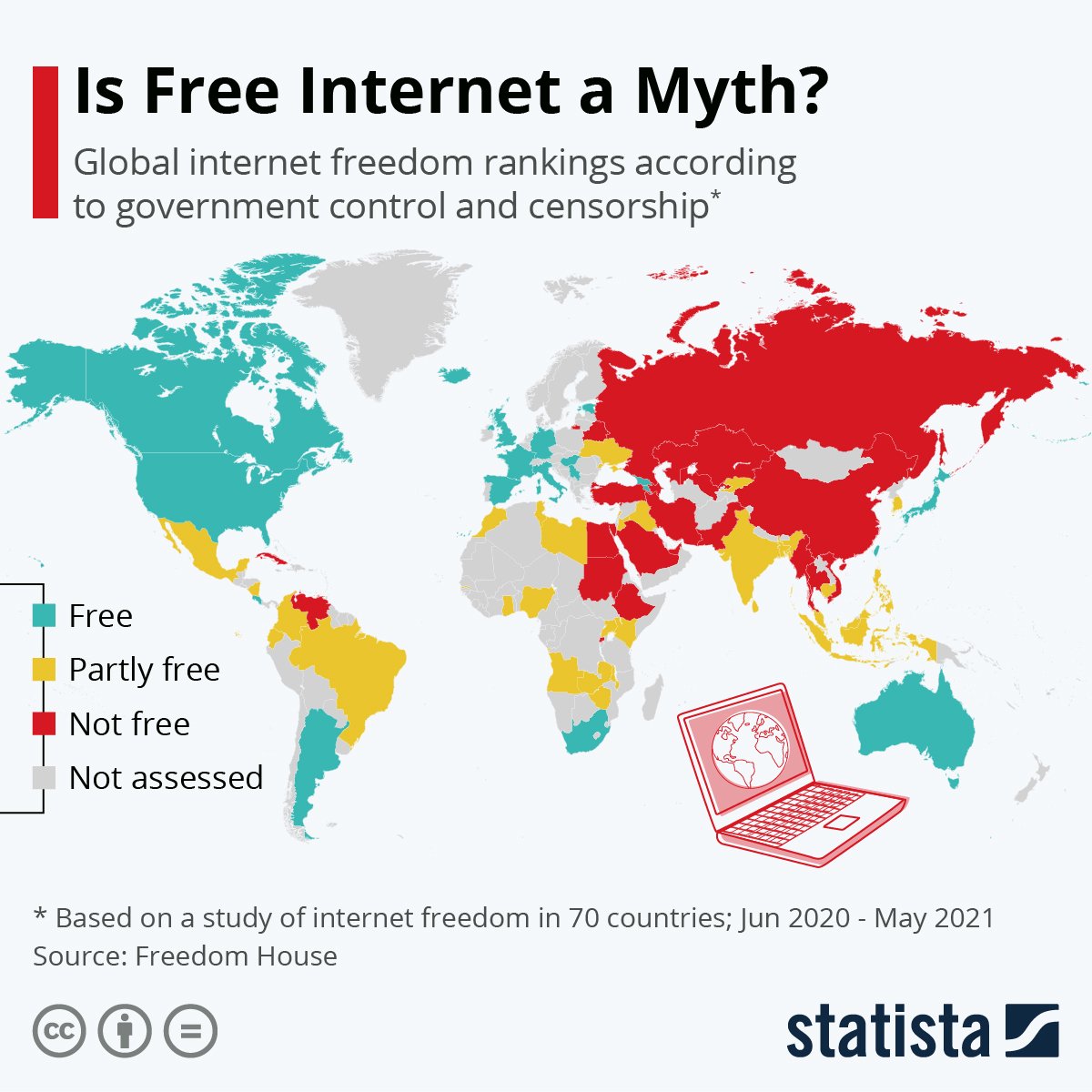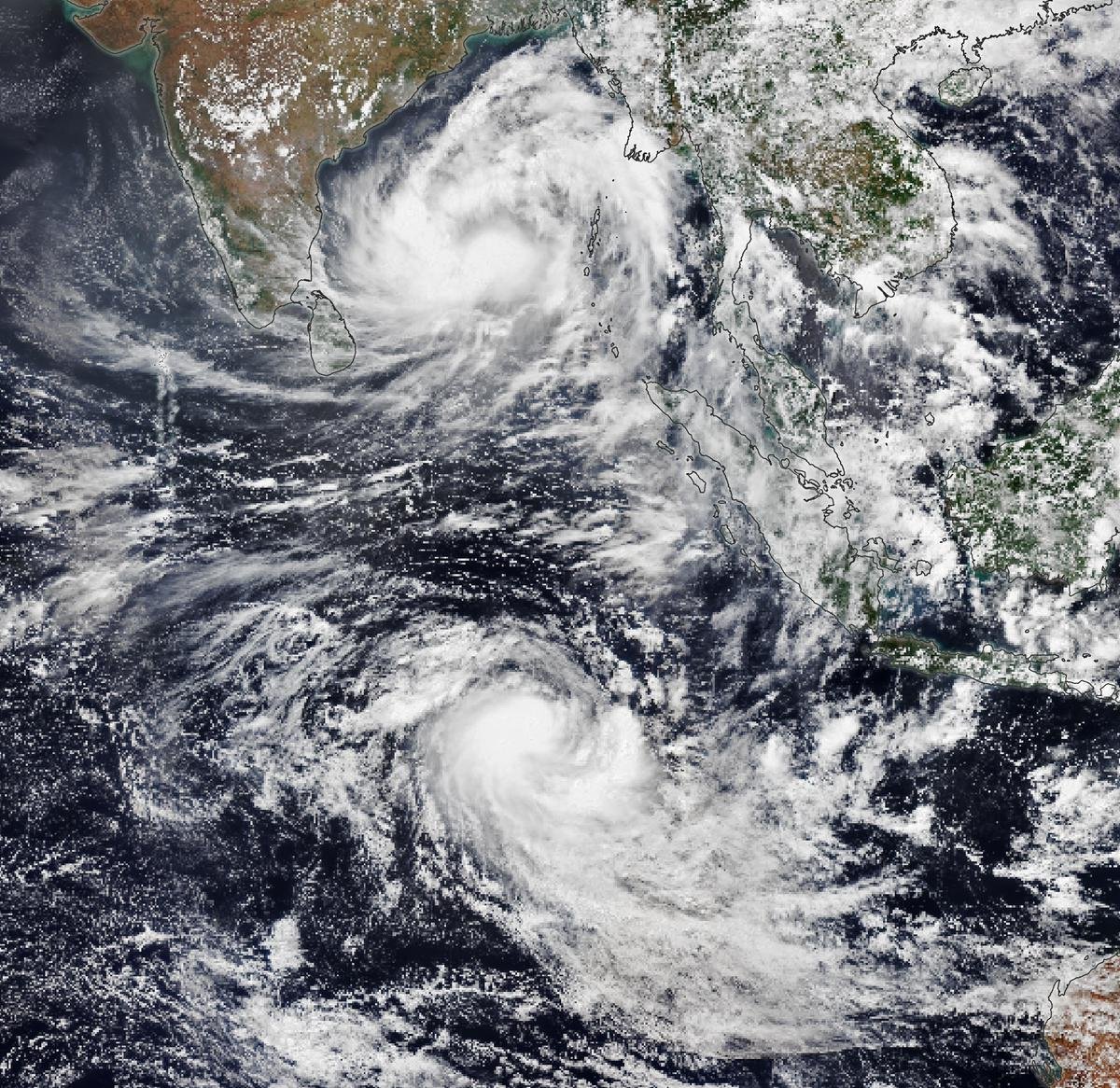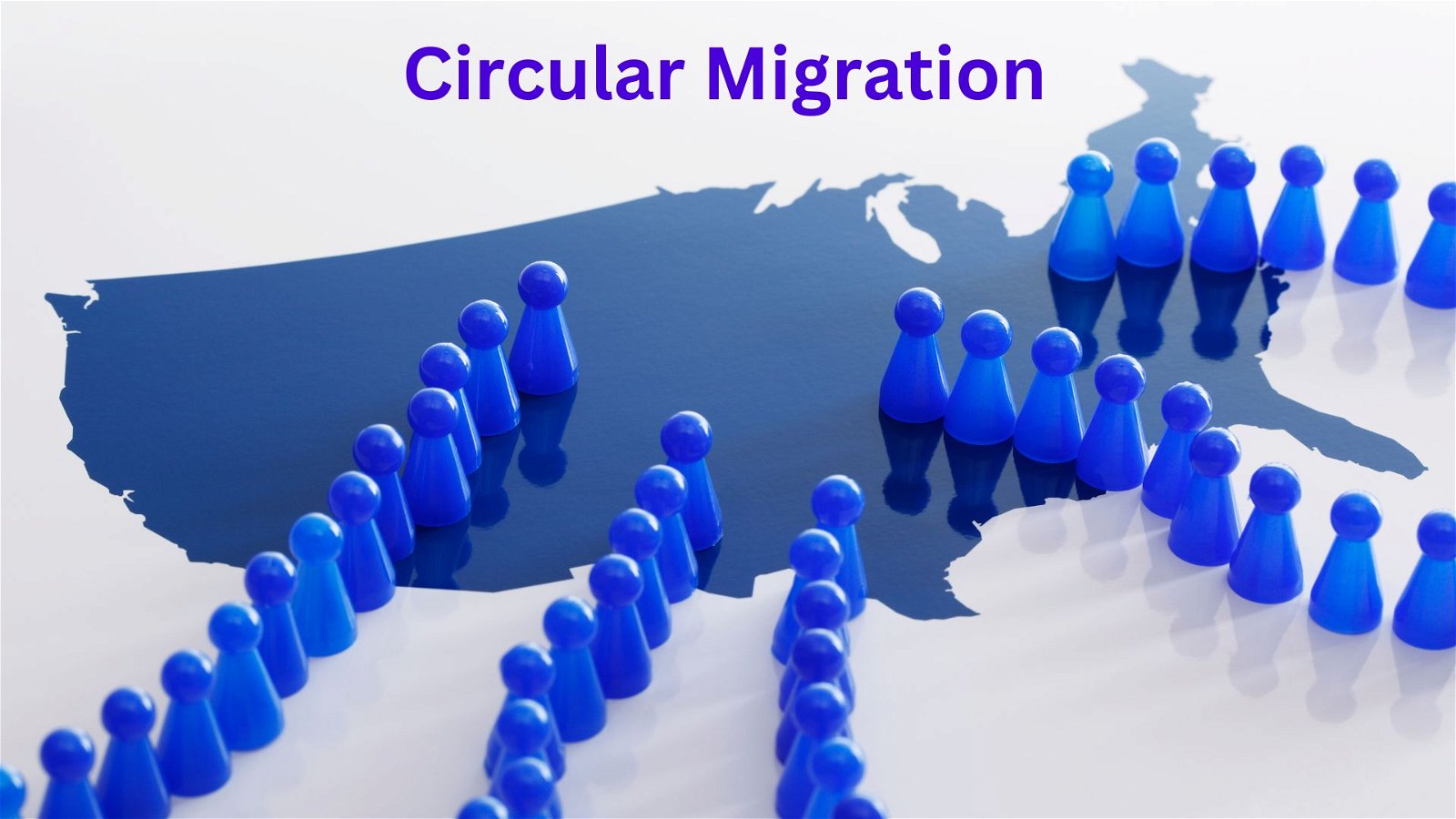
Current Affairs October 10, 2023: China-Tibet Dispute, Indo-Myanmar Border, Shebaa Farms, Digital India Bill 2023
Subscribers of "Current Affairs" course can Download Daily Current Affairs in PDF/DOC
Subscribe to Never Miss an Important Update! Assured Discounts on New Products!
Must Join PMF IAS Telegram Channel & PMF IAS History Telegram Channel
{GS2 – IR – China-Tibet} China-Tibet Dispute
- Context (IE): China claimed Tibet was historically ruled as part of China. Tibet claimed that it was an independent state.
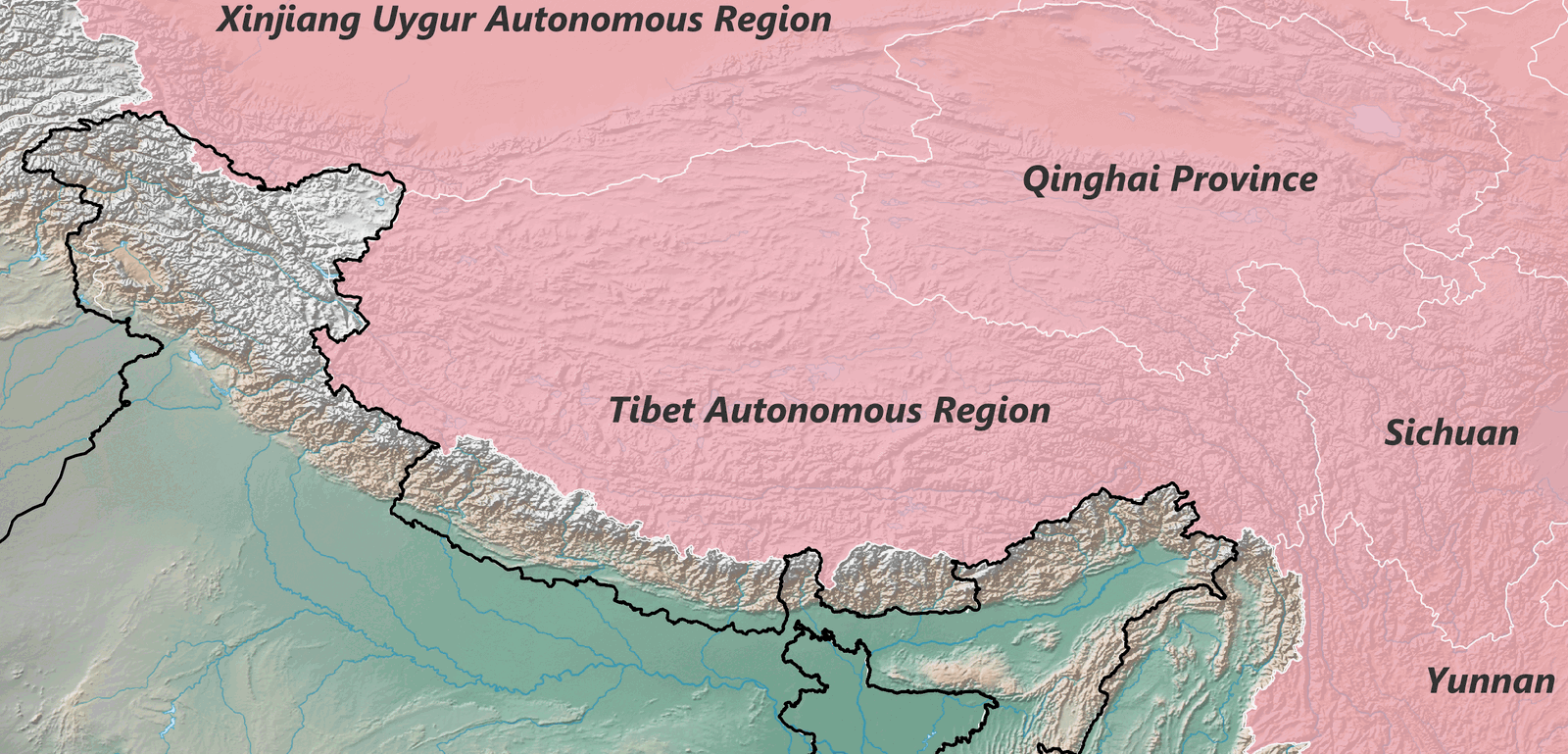
Historical ties between China and Tibet
- Tibet’s assimilation into China was established during the Yuan dynasty (1271-1368).
- It enjoyed considerable autonomy under the Yuan Dynasty.
- Following the fall of the Qing dynasty in 1911, the 13th Dalai Lama expelled Chinese troops stationed in Lhasa and declared independence in 1912, and Tibet essentially ruled itself until 1950.
Seventeen Point Agreement
- In 1950, China sent People’s Liberation Army troops to Tibet.
- In 1951, Tibet was occupied and annexed by the People’s Republic of China.
- In May 1951, Tibet and China signed the Seventeen Point Agreement.
- The agreement effectively subordinated Tibet to China.
- It handed over all international affairs to China and allowed China to “reform” the economy.
- China assured non-interference in domestic administration, Tibetan culture, and religion.
- China promised to maintain Tibet’s traditional government and religion.
- However, China did not adhere to these principles and instead began to destroy monasteries and enforce collectivisation. They also interfered in Tibetan life, from schooling to cultural beliefs.
- Because of the Chinese interference, resistance in Tibet grew, resulting in the 1959 revolt.
1959 Revolt
- In 1959, the Dalai Lama led an uprising against Chinese rule.
- China suppressed the revolt, and its hold over Tibet has been absolute since then.
- The Dalai Lama and most ministers fled to northern India and established government-in-exile.
- Dalai Lama rejected the Seventeen Point Agreement and proclaimed himself as Tibet’s sole legitimate representative.
- In 1965, the Chinese government established the Tibetan Autonomous Region (TAR).
Current Status
- Currently, Tibet is divided administratively into:
- Tibet Autonomous Region: controlled by China.
- Parts of the Qinghai and Sichuan provinces: Mostly self-governed.
- No significant Western power has officially recognised Tibet as an independent nation.
{GS2 – IR – India-Myanmar} Indo-Myanmar Border
- Context (TH): An advanced smart fencing system of 100 km along the Myanmar border is being planned to strengthen the existing surveillance system.
- Indo-Myanmar Border (IMB) is a 1,643 km long border between Myanmar and four Indian states, namely Mizoram, Manipur, Nagaland, and Arunachal Pradesh.
- A Free Movement Regime (FMR) exists between India and Myanmar.
- Manipur CM urged the GoI to cancel the Free Movement Regime (FMR) along Myanmar.
- The absence of fencing and uncontrolled migration from Myanmar are identified as contributing factors to ethnic violence in Manipur.
Free Movement Regime (FMR)
- The FMR is a mutually agreed arrangement between India and Myanmar that allows tribes living along the border on either side to travel up to 16 km inside the other country without a visa.
- It was implemented in 2018 as part of the GoI’s Act East policy.
- The Manipur government has suspended the FMR since 2020, post-COVID-19 pandemic.
- As the crisis in Myanmar escalated, GoI suspended the FMR in September 2022.
Why was FMR started?
- The British demarcated the border between India and Myanmar in 1826.
- The British did not seek the people’s opinion in the region.
- The border effectively divided people of the same ethnicity and culture into two nations.
- FMR was conceptualised:
- To facilitate people-to-people contact.
- To provide impetus to local trade and business.
FMR and illegal migration
- The FMR has been criticised for aiding illegal immigration, drug trafficking, and gun running.
- Since the military coup in Myanmar in 2021, the junta has launched a campaign of persecution against the Kuki-Chin people. This has pushed many of Myanmar’s tribals into India.
Way forward
- Most experts agree that the FMR needs better regulation. Given the interests of the local population, neither the complete removal of the FMR nor full border fencing may be desirable.
{GS2 – IR – Israel-Lebanon} Shebaa Farms
- Context (TH): Hezbollah attacked Shebaa Farms “in solidarity” with the Palestinian people.
- The Shebaa Farms are a small strip of land at the intersection of the Lebanese-Syrian border and the Golan Heights (Israeli-occupied).
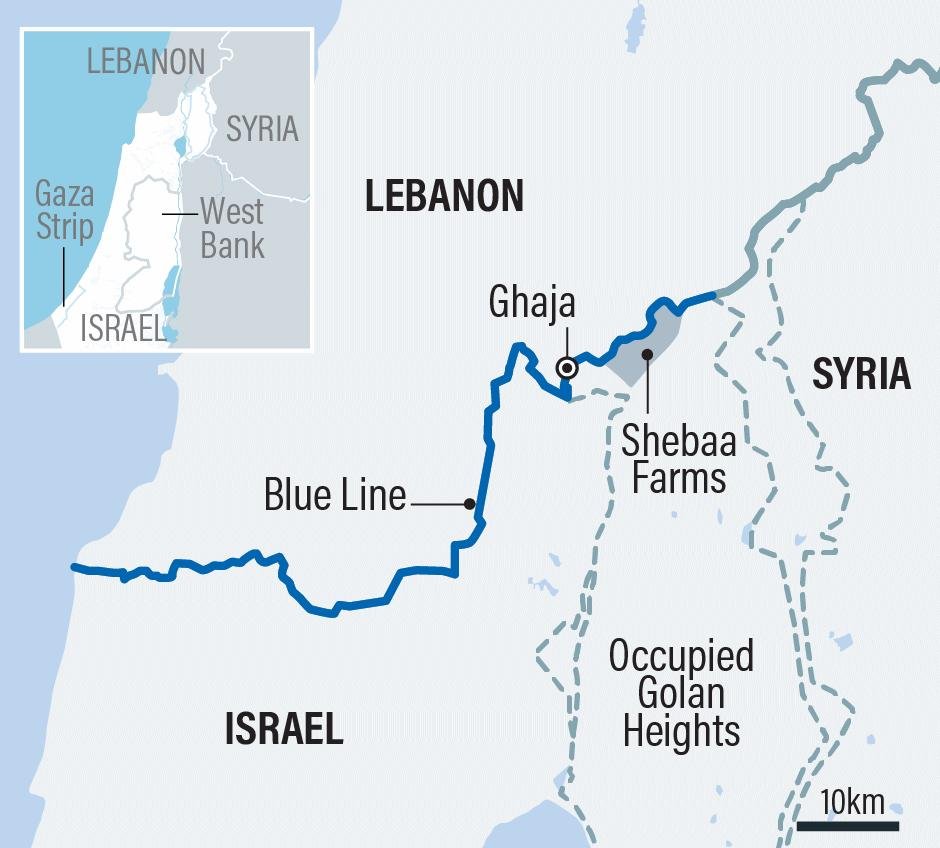
- Lebanon and Israel claim it. Currently, it is occupied by Israel.
- Lebanon believes that it is a part of Lebanon.
- Israel believes it is part of the Golan Heights, which they control.
- According to the UN, there is no evidence of the Shebaa Farms being Lebanese.
- However, the UN suggests keeping the current borders as they are until the future agreement.
Historical Background
- France ruled over Syria and Lebanon from the 1920s to 1940s.
- The French located the Shebaa Farms within Syrian territory.
- However, the residents of Shebaa Farms continued to be considered Lebanese.
- After both countries became independent, they did not demarcate the border to reflect reality.
After 1950
- In the early 1950s, Syria took control of the region surrounding the Shebaa farms.
- Lebanese of the Shebaa farms continued to have access to their land despite the Syrian presence.
- Israel captured Lebanon in the 1967 Six-Day War along with Golan Heights.
- In 1981, the Golan Heights, including the Shebaa Farms, were annexed by Israel.
- In 2000, Israel withdrew from Lebanon but not from Shebaa Farms.
- The Lebanese government and Hezbollah still consider the withdrawal incomplete until Israel withdraws from Shebaa Farms.
{GS2 – MEITY – Laws} Digital India Bill 2023: Successor to the IT Act, 2000
- Context (TH I IE): The Digital India Bill 2023 by the Ministry of Electronics & Information Technology (MEITY) is a stride towards a future-ready legal framework for India’s digital ecosystem.
Need for Digital India Bill
Growing Internet User Base and Challenges
- India’s internet user base is expected to grow from 850 million to 1.2 billion by 2025. This growth brings challenges like cyber trolling, hate speech, and misinformation.
Enhancing Digital Legislation through Consolidation
- DIB aims to collaborate with other significant legislations and policies, such as the Digital Personal Data Protection Act and Indian Penal Code for cybercrime, to bolster the digital domain.
Tweaks to Section 69 (a) of the IT Act
- The Centre is considering modifications to Section 69 (a) of the IT Act, which allows the government to issue content-blocking orders for national security and public order to refine this provision in response to the evolving digital landscape.
Objectives of the Digital India Bill
- Adapting to a rapidly evolving digital landscape and Global Technology.
- Circuit Breakers to handle issues of rapid virality and mitigate the spread of harmful content.
- Cybersecurity Landscape and Data Protection.
- In-house Grievance Mechanisms For Data intermediaries
Key provisions under the Digital India Bill (DIB)
Classification of intermediaries based on Risk Assessment
- The Digital India Bill introduces a classification system for intermediaries, categorising them into various groups based on risk and size.
- By implementing this classification, the Bill allows for customised regulations tailored to each intermediary category based on their impact in Digital space.
|
Types of Intermediaries |
|
|
IT Act 2000 |
Digital India Bill 2023 |
|
|
Establishing a dedicated Internet regulatory authority
- The Bill introduces establishing a dedicated internet regulator akin to existing regulatory bodies, such as the Telecom Regulatory Authority of India (TRAI) or SEBI.
- The regulator’s primary focus will be addressing and regulating various aspects of the online space, promoting fair practices, safeguarding user interests, etc.
Designating punishable offences
- Under the Digital India Bill, the MEITY is empowered to designate certain activities as punishable offences, including deliberate dissemination of misinformation, identity theft, cyberbullying targeting children, and other similar activities, promoting a more responsible digital environment.
Modifications to existing Internet platform rules
- As per DIB, certain fundamental rules that currently apply to internet platforms, such as safe harbour norms, may undergo revisions or modifications.
Ensuring accountability of intermediaries
- The Digital India Bill will legally empower the government to ensure platforms are held accountable for hosting prohibited content.
- This includes pornography, content that undermines India’s unity and integrity, computer malware, banned online games, and other illegal material.
KYC Requirements for Wearable Devices
- Under the DIB, stringent Know Your Customer (KYC) requirements have been mandated for wearable devices, reinforced by criminal law sanctions, ensuring the security and privacy of user data.
Controversial aspects and stakeholder perspectives
Safe harbour
- Safe Harbour, under Section 79 of the IT Act, 2000, offers legal protection to online intermediaries for user-generated content on their platforms.
- This provision has significantly contributed to the success of platforms like Facebook, Twitter, Instagram, YouTube, and WhatsApp in India.
Debate on safe harbour
- Stakeholders propose preserving a safe harbour for traditional intermediaries (they abstain from content moderation for upholding freedom of speech (to cut costs!)).
- Others advocate for modification in safe harbour provision, considering the dynamic nature of online platforms and the diversity of internet users.
Transparency in data processing
- The Bill may require companies to provide clear information to consumers regarding processing their personal data, enhancing transparency and more control over their personal information.
- Stakeholders have expressed concerns about potential business compliance burdens.
No-go areas for AI and machine learning
- The legislation might define specific “no-go areas” for companies and internet intermediaries utilising AI and machine learning in consumer-facing applications to prevent potential harm to users.
- Stakeholders emphase the importance of responsible AI use and others highlighting the need for clarity and proportionality in defining these boundaries.
Impact on Innovation
- Provisions may be included in the Bill to address the influence of major tech companies, such as Google, Apple, and Meta, to prevent potential misuse of their market dominance.
- Some support measures to promote competition and protect smaller players, while others emphasise the need for balanced regulations that encourage innovation.
Misinformation
- The Bill recognises the issue of misinformation and proposes measures to combat its spread, safeguarding the public from false or harmful content.
- However, finding the right balance between curbing misinformation and preserving freedom of speech has become a critical point of contention.
{GS2 – MoES – Initiatives} National Framework for Climate Services (NFCS)
- Context (TH): India will launch its maiden national-level framework, the National Framework for Climate Services (NFCS), to provide climate services and information.
- Led by the India Meteorological Department (Ministry of Earth Sciences), the NFCS will aim to mitigate climate risks for key sectors: agriculture, energy, disaster management, health, and water.

Global Framework for Climate Services (GFCS)
- NFCS is based on the Global Framework for Climate Services (GFCS).
- GFCS is a partnership of governments and organisations at a global level for enhanced climate information and service production and utilisation.
- Aim of GFCS: to unite climate information users and researchers for informed, actionable decisions and long-term improvement.
- Its establishment was announced during the 3rd World Climate Conference, Geneva (2009).
- GFCS focuses on developing and delivering services in five priority areas:
- Agriculture and Food Security
- Disaster Risk Reduction
- Energy
- Health
- Water
Role of NFCS
- In lines with the GFCS, the NFCS is based on country-specific weather and stakeholder needs.
- Unlike GFCS, the nodal agency for formulation and implementation of NFCS in India will be IMD.
- Initially, NFCS will bridge gaps between agencies needing climate services. These include hydrology, power, renewable energy, transport, dams, irrigation, and health agencies.
Benefits of NFCS
- Systematic and accurate collection, analysis, and management of data for informed decision-making
- Resilience building through early warnings and climate predictions
- Optimized resource allocation, adaptation and mitigation strategies
- Improved response to climate-related health risks and emergencies
- Capacity building through cross-sectoral integration
|
{GS2 – Polity – IC – Election} State Assembly Elections
- According to Article 371G, the Mizoram State Legislative Assembly must have at least 40 members.
Composition of the Legislative Assemblies
- The Legislative Assembly of each State can have between 60 to 500 members directly elected by the people from territorial constituencies in the State.
- The total number of seats in the Legislative Assembly of each State is based on the 1971 census.
- Division of such States into territorial constituencies is based on 2001 census data.
- The state is divided into territorial constituencies such that each constituency has an equal population (based on 2001 census data).
Article 371G: Special provision with respect to the State of Mizoram.
- The Act of Parliament related to the following matters doesn’t apply to Mizoram unless the Mizoram State Legislative Assembly decides so through a resolution. These matters are:
- Religious or social practices of the Mizos.
- Mizo customary law and procedure
- Administration of civil and criminal justice involving decisions according to Mizo customary law
- Ownership and transfer of land
{GS2 – Vulnerable Sections – Women} Gender Gap: Nobel Prize in Economics 2023
- Context (TH | IE | IE): Sveriges Riksbank Prize in Economic Sciences in Memory of Alfred Nobel (popularly known as Nobel Prize in Economics), 2023, has been awarded to Claudia Goldin.
- She has been awarded for advancing our understanding of the labour market gender gap.
- Ms Goldin is the third woman to win the prize after Elinor Ostrom in 2009 and Esther Duflo in 2019.
What was Claudia Goldin’s Research?
- Goldin’s work has shed light on the participation of women in the labour market over the past 200 years and explained the persistent gender pay gap despite women often having higher education levels in high-income countries.
- While her research focused on the US, her findings apply to many other countries.
Key Findings of Claudia Goldin’s Research
Economic Growth and Women Employment
- By using 200 years of data, Goldin challenged the prevailing belief among researchers that women’s labour force participation increased with economic growth (?).
- In the agrarian economy, more women were involved in economic activities. But during industrialisation, concentrated work in factories posed challenges for women to commute from their homes. So, women’s participation in the economy decreased.
- However, women’s economic participation began to rise in the early 20th century due to the growth of the services sector.
Factors Limiting the Narrowing of Gender Employment Gap
Limitations of Marriage
- By the beginning of the 20th century, about 20% of women were employed, but only 5% of married women were in the workforce due to “marriage bars.”
Women’s Expectation
- Women’s expectations were influenced by their mothers’ experiences, leading to educational and professional choices that did not anticipate long, uninterrupted careers.
Pay Gap
- When both men and women worked in factories with pay tied to daily output, the gender pay gap was minimal. However, it widened with the introduction of monthly pay contracts.
Pay Gap and Parenthood
- One factor that significantly impacted how men were paid versus women was childbirth.
- Women faced pay penalties at work due to their increased parenting responsibilities and a slower ascent up the pay scale.
Factors Supporting the Narrowing of Gender Employment Gap
Contraceptive Pills
- By the end of the 1960s, as easy-to-use contraceptive pills became more popular. So, women could exercise greater control over childbirth and plan careers and motherhood.
- Women also ventured beyond the services sector, studying law, economics, and medicine.
[UPSC Mains 2023] Distinguish between ‘care economy’ and ‘monetized economy’. How can care economy be brought into monetized economy through women empowerment? (Answer in 250 words) 15
|
Nobel Prize in Economics
|
{GS3 – MoSPI – Initiatives} Periodic Labour Force Survey (PLFS)
- Context (TH I IE): The Ministry of Statistics and Programme Implementation (MoSPI) releases a quarterly bulletin of the Periodic Labour Force Survey (PLFS).
- The PLFS follows a current weekly status approach, where people are considered unemployed if they did not work for at least one hour during the week but actively sought work.
PLFS: Origin and Objective
- The PLFS was initiated by the National Statistical Office in 2017 for frequent labour force data.
- The inaugural annual report was published in 2019, utilising data from July 2017 to June 2018.
- PLFS’s objective is to estimate vital employment and unemployment indicators like the Labour Force Participation Rate every three months in urban areas.
- It also aims to provide yearly estimates for both rural and urban regions.
Key Indicators of PLFS
- Labour Force Participation Rate (LFPR): the percentage of persons in the labour force (working or seeking or available for work) in the population.
- Worker Population Ratio (WPR): defined as the percentage of employed persons in the population.
- Unemployment Rate (UR): UR is the percentage of persons unemployed among the persons in the labour force.
- According to the International Labour Organisation (ILO), unemployment involves being jobless when actively seeking employment. Thus, unemployment is not synonymous with joblessness.
Activity Status
- Usual Status: Usual activity status is determined based on the reference period of the last 365 days preceding the survey date.
- Current Weekly Status (CWS): According to CWS, the labour force is the number of persons either employed or unemployed on average in the week preceding the survey date.
- Usual status unemployment rates will always be lower than CWS rates (because there is a greater probability that an individual would find work over a year compared to a week).
Key Points from the PLFS Quarterly Bulletin (April-June 2023) for Urban Areas
- Labour Force Participation Rate (LFPR): The LFPR for individuals aged 15 years and above was between 46.2% and 47.8% in the pre-pandemic period. However, it rose to 48.8%.
- Worker Population Ratio (WPR): The WPR for the same age group ranged from 41.8% to 44.1% before the pandemic. It increased to 45.5%, exceeding the pre-pandemic figures.
- Unemployment Rate: The unemployment rate for individuals aged 15 years and above was between 7.8% and 9.7% in the pre-pandemic period. It fell to 6%, lower than pre-pandemic rates.
- Employment Trends: Both male and female employment increased in self-employed categories such as own-account worker and helper in the household enterprise.
{GS3 – S&T – ISRO} Aditya L-1 Mission
- Context (IE | IE | TH): ISRO has performed a trajectory correction manoeuvre (TCM) on the Aditya-L1 spacecraft, which is headed to the Lagrangian 1 (L1) point.
- TCM ensures that Aditya L-1 is on its intended path towards the Halo orbit insertion around L1.
|
|
Aditya L-1 Mission and its Journey to its Destination
- India’s first solar observatory mission, Aditya-L1, was launched by the Polar Satellite Launch Vehicle from the Satish Dhawan Space Centre in Sriharikota.
- Aditya-L1 spacecraft will be inserted into a halo orbit around the L1 point of the Sun-Earth system.
- It will be placed about 1.5 million km from the Earth (covering only 1% of the distance between the Earth and the Sun).
- It will collect data for five years by continuously observing the Sun.
- ISRO will become the third space agency after NASA and the European Space Agency (ESA) to place an observatory at the L1 point between the Earth and the Sun.
L1 (Lagrange 1) Point

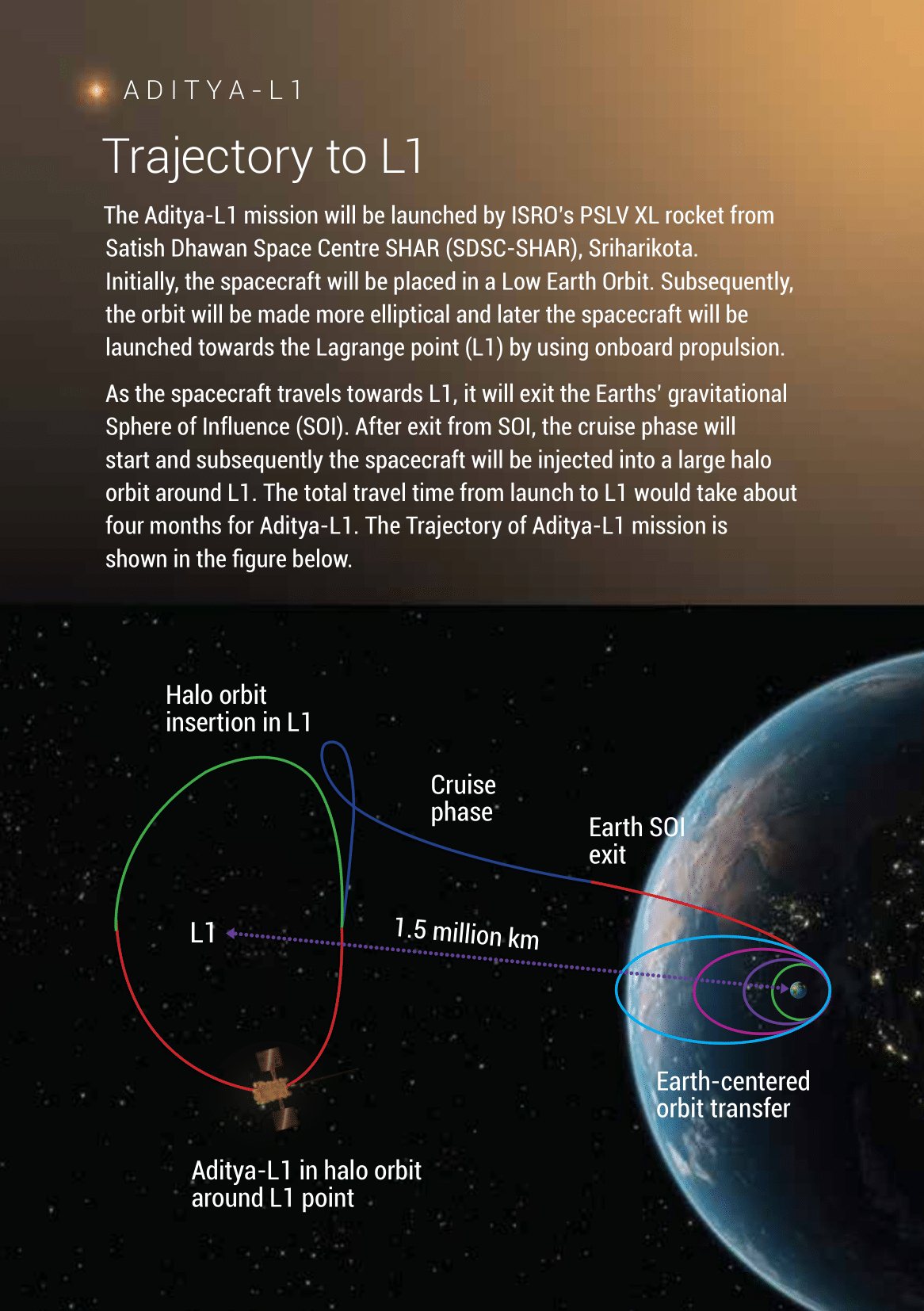
- A Lagrange point is a point in space where the gravitational forces of two large bodies (such as the Sun and the Earth) balance the centrifugal force experienced by a smaller object (such as a satellite) allowing it to remain ‘fixed’ in relation to the larger bodies.
- For any two celestial bodies, there are five Lagrange points (L1 to L5).
- Of the five Lagrangian points between the Earth and the Sun, there are:
- Three unstable points (L1, L2, & L3): Objects placed at these points, if disturbed, will drift away and so require constant adjustments to stay in position.
- Two stable points (L4 & L5): Objects at these points orbit around these points and not drift away.
What is Halo Orbit?
- A spacecraft can orbit around an unstable Lagrange point with a minimum use of thrusters for stationkeeping. Such an orbit is known as a halo orbit.
- It is differen from a usual orbit (like the orbit of Earth arounf the Sun) because the unstable Lagrange point doesn’t exert any attractive force on its own.
Why Halo Orbit of L-1 Point is Chosen for Placing the Aditya L-1 Spacecraft?
- A satellite placed in the halo orbit around the L1 point can continuously view of the Sun without any occultation/eclipses.
- Every geomagnetic storms from Sun that heads towards Earth passes through L1, and so, a satellite placed in the halo orbit can track these storms and predict their impact.
- Satellites placed at Lagrange points can remain in a fixed position with minimal fuel consumption.
- These points are the ‘parking spots’ for spacecraft
|
How will Aditya-L1 Reach the Halo Orbit Around the L1 Point?
- Aditya L1 was launched from Sriharikota to Low-earth Orbit. It stayed in Earth-bound orbits for 16 days, undergoing orbital adjustment maneuvres to leave Earth’s Sphere of Influence (SOI).
- Subsequently, Aditya-L1 underwent a Trans-Lagrangian1 insertion (TL1I) manoeuvre, marking the beginning of its 110-day trajectory to the destination around the L1 Lagrange point.
- After the TL1I, ISRO found the trajectory errors that needed correction. So, TCM was performed.
- Upon arrival at the L1 point, another manoeuvre will bind Aditya-L1 to a Halo orbit around L1 (a balanced gravitational location between the Earth and the Sun).
|
|
For details on Aditya L-1 Mission > PMF IAS CA September, 2023
{Prelims – Misc – Defense Exercises} Exercise CHAKRAVAT
- Context (PIB I BS): The 2023 edition of the Annual Joint Humanitarian Assistance and Disaster Relief (HADR) exercise, CHAKRAVAT, is hosted by the Indian Navy at Goa from 09 to 11 Oct 23.
- Since its inception in 2015, it has evolved into a multi-agency effort involving all three Services and Paramilitary Forces, disaster response organisations, NGOs, and international organisations.
- It will synergise national efforts and include participants from eight Indian Ocean Region countries.
- Rotation of Conduct: The Indian Army, Indian Navy (IN), and Indian Air Force (IAF) have conducted the exercise in rotation since 2016. The Indian Navy is hosting the 2023 edition in Goa.




![PMF IAS Environment for UPSC 2022-23 [paperback] PMF IAS [Nov 30, 2021]…](https://pmfias.b-cdn.net/wp-content/uploads/2024/04/pmfiasenvironmentforupsc2022-23paperbackpmfiasnov302021.jpg)
